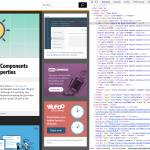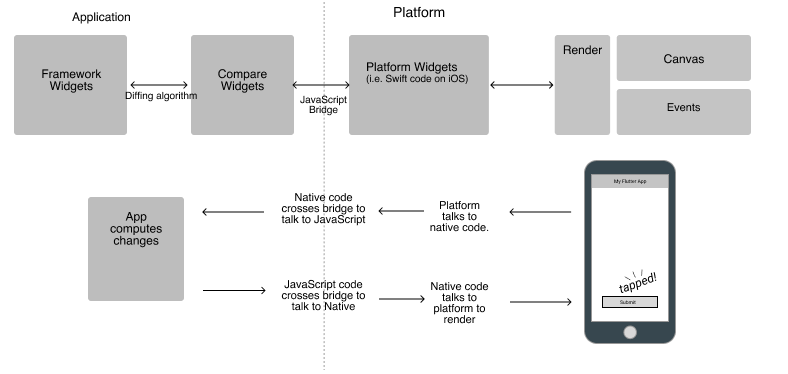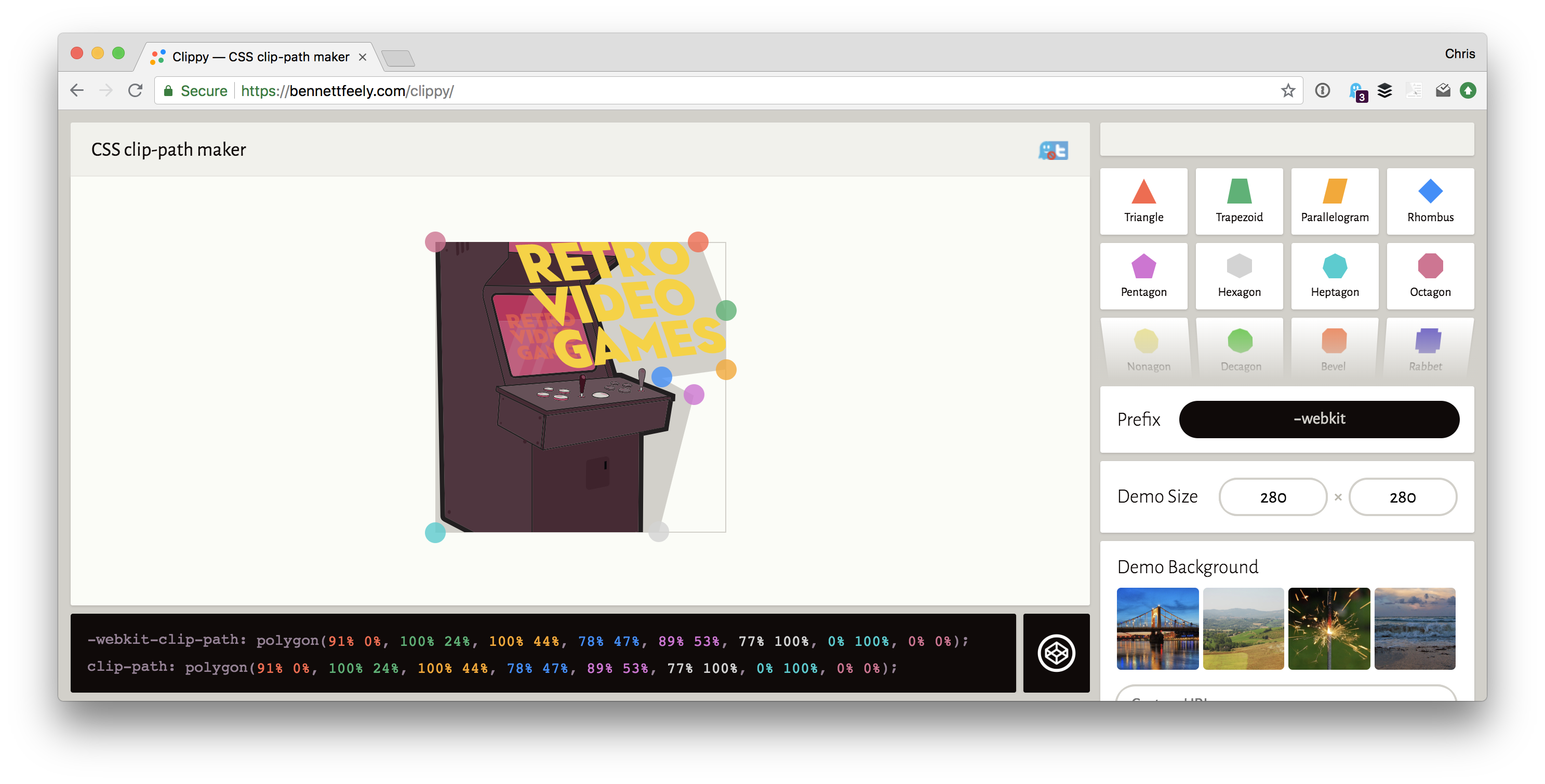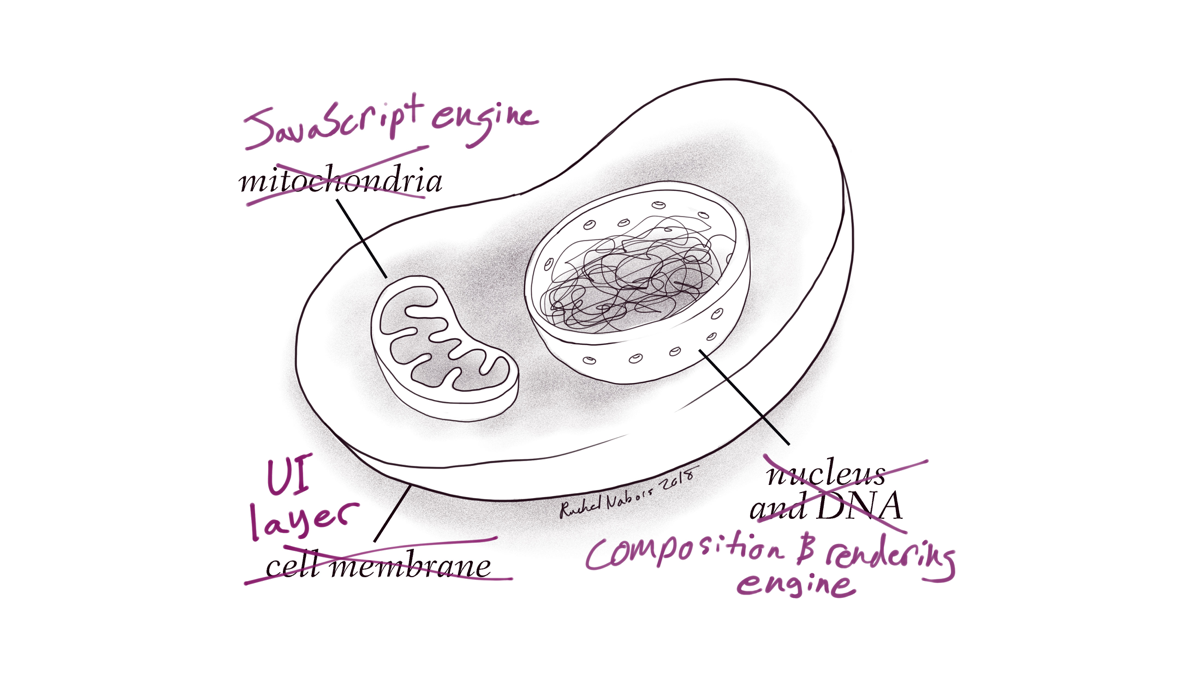Interactive Introduction to CSS Houdini
This is a great explanatory microsite by Sam Richard.
CSS Houdini will let authors tap in to the actual CSS engine, finally allowing us to extend CSS, and do so at CSS speeds. Much like Service Workers are a low-level JavaScript API for the browser's cache, Houdini introduces low-level JavaScript APIs for the browser's render engines.
What's important to know is that Houdini is broken up into these different parts, each of which will be implemented separately. We have an intro to the paint API here and a number of other articles that touch on it. Here's a very cool collection Dan Wilson put together of Houdini + Custom Properties.
Direct Link to Article — PermalinkThe post Interactive Introduction to CSS Houdini appeared first on CSS-Tricks.
Source: CSS-tricks.com






